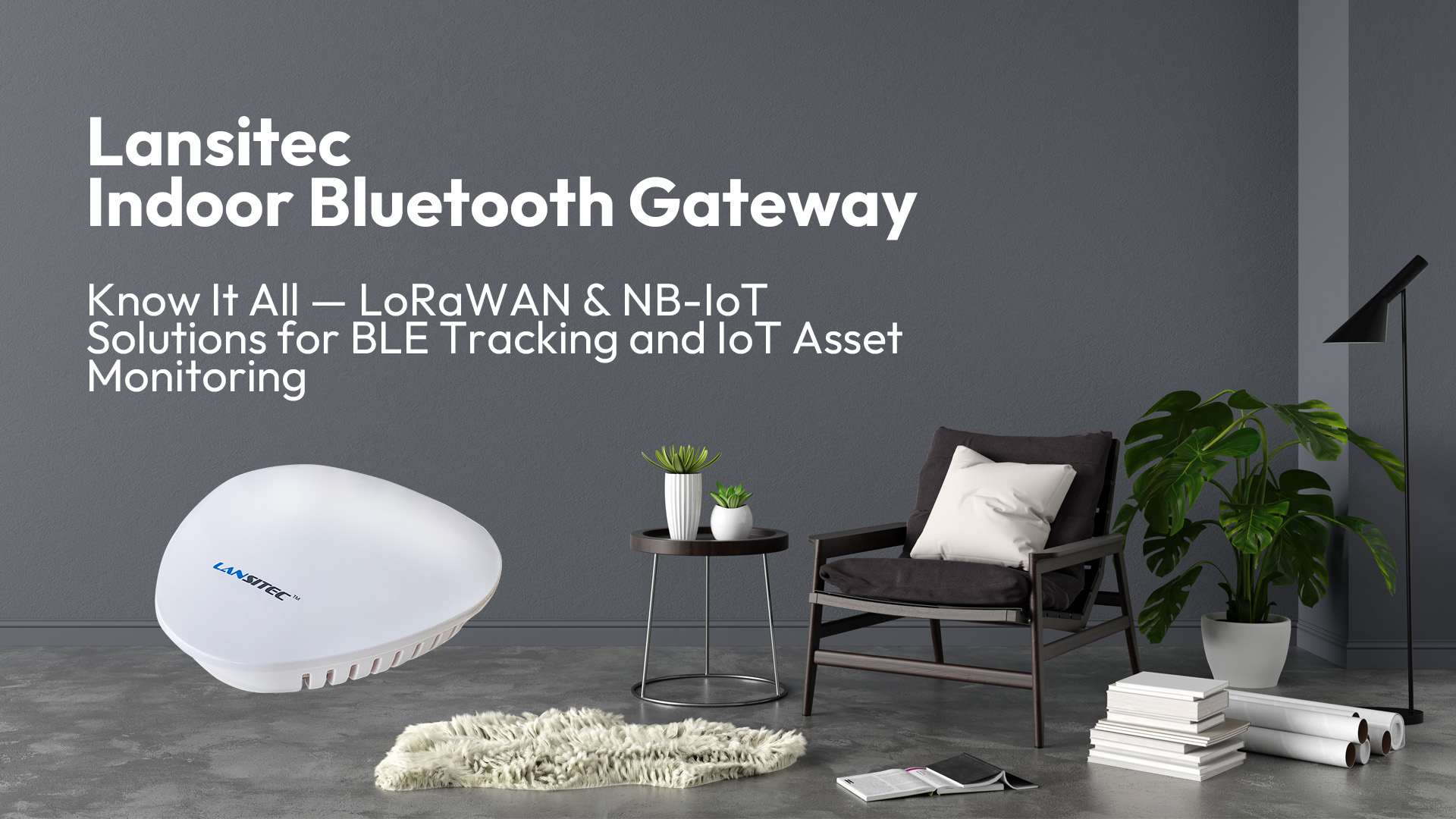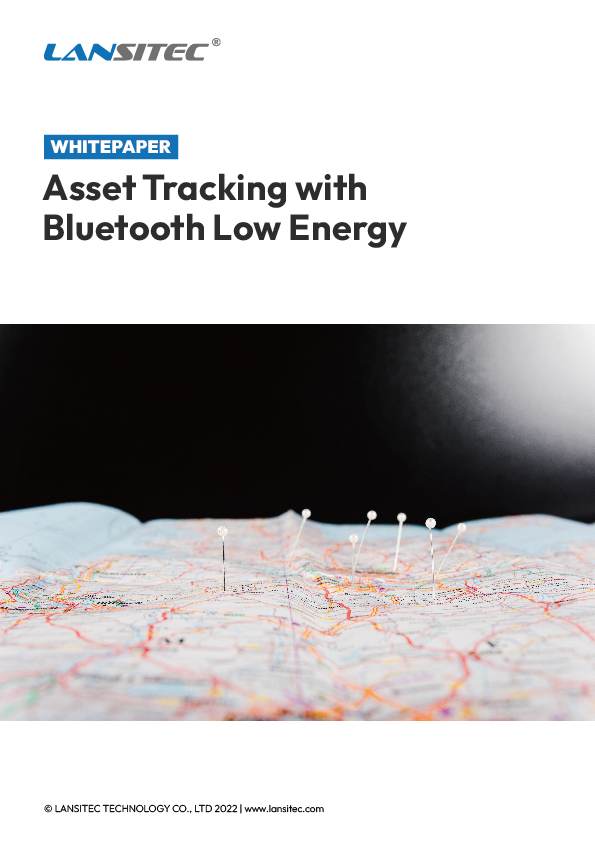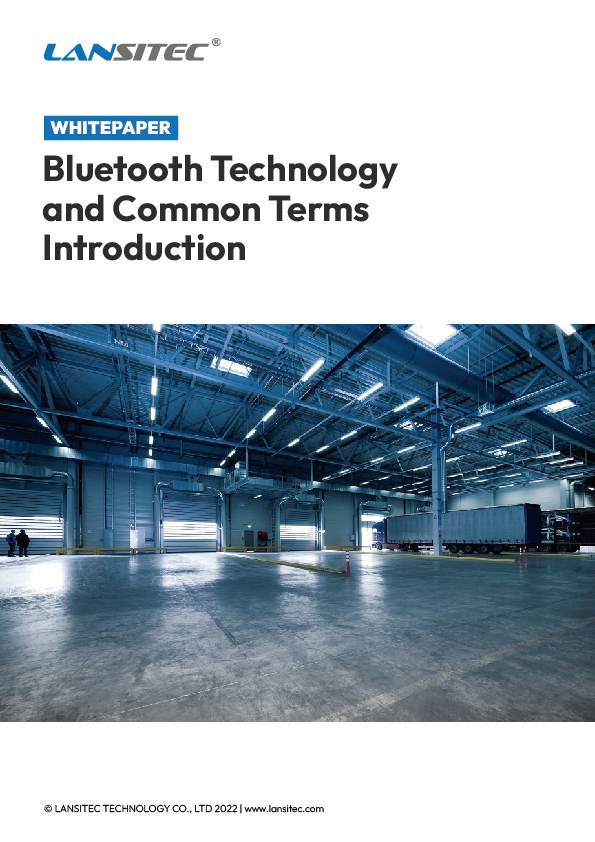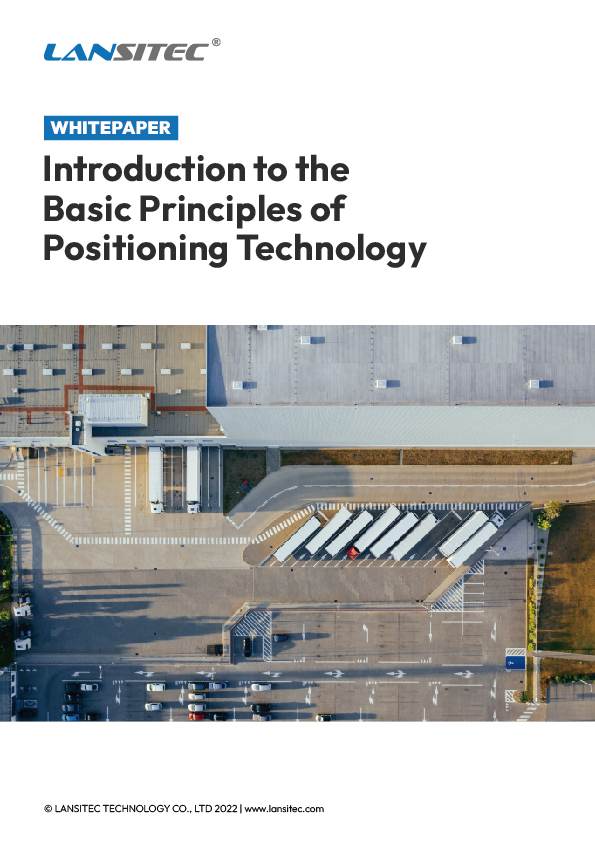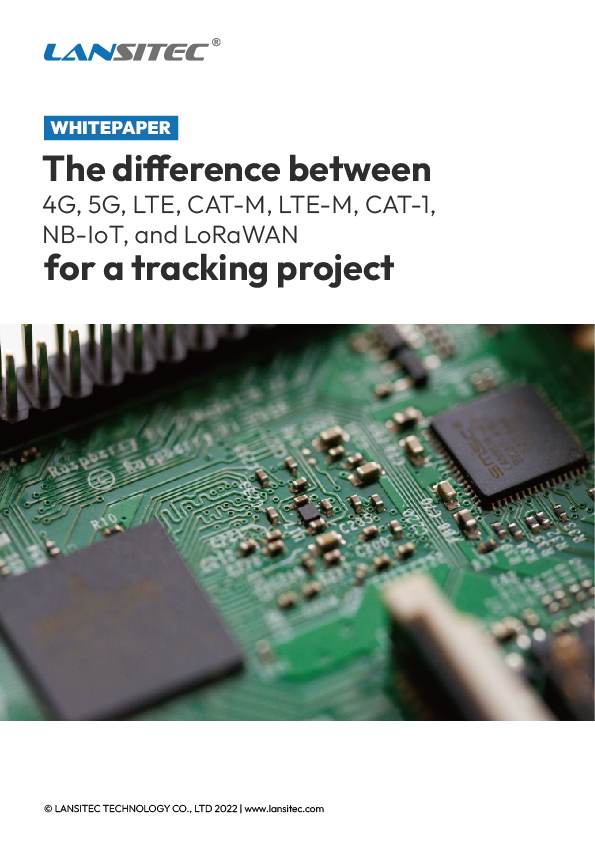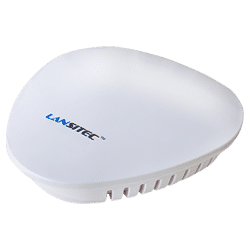
The Indoor Bluetooth Gateway (IBG) is Lansitec’s “Swiss-army knife” for bringing Bluetooth Low-Energy data onto a LoRaWAN back-haul in places where Wi-Fi or cellular just don’t make economic sense. After a month of test-driving it in a demo warehouse and an office floor, here’s how it stacks up.
What is the Lansitec Indoor Bluetooth Gateway? – Key Features and Specs
| Spec | Detail |
|---|---|
| Radios | Bluetooth 5.0 scanner + LoRaWAN 1.0.2B uplink |
| Throughput | Collects 100 beacons s-1, aggregates up to 15 beacons per LoRa packet |
| Latency | Fastest LoRa uplink every 5 s (configurable heartbeat 30 s × n) |
| Power options | 600 mAh Li-ion (≈ 8–10 h standalone) or 5 V / 1 A Micro-USB for 24 × 7 service |
| Ruggedness | -40 °C – +85 °C, 5–95 % RH, AES-128 encryption, FOTA-BT, TDMA sync |
| Size/weight | 120 × 120 × 31 mm, 175 g – roughly a dessert plate |
Setup took less than five minutes: power it up, join it to the LoRaWAN network (OTAA), scan a QR-code for BLE MAC, and you’re live-streaming beacons.
Indoor Bluetooth Gateway Performance Tests — Range, Latency, and Beacon Handling
| Test | Result | Take-away |
|---|---|---|
| Indoor range (BLE) | Reliable pick-up at 45 m (open floor), 20 m through two drywall walls | Great for offices, retail, and hospitals |
| LoRa back-haul | SF9, 868 MHz → ~1.2 km urban LOS to an outdoor gateway | Fits into existing LoRa coverage with no data fees |
| Battery test | 600 mAh, 1 min scan / 2 min uplink → ≈ 10 h | Use USB for permanent installs; battery shines for pop-ups |
| Beacon density | 96 concurrent iBeacons in a 500 m² warehouse, 0 % packet loss | The 100 pkt/s-1 buffer is real |
Where it really shines
- Real-time staff and visitor flow – Clip BLE badges to guards or event staff; geo-fence alerts land in < 6 s thanks to the 5 s uplink option.
- Asset “last-seen” tracking – Forklifts, carts, medical devices report via tag beacons; the gateway’s payload filter strips everything except RSSI + ID, cutting airtime by ~70 %.
- Environmental snapshots – Drop in BLE-T/H sensors; IBG relays only the 4 bytes you care about, not the full 31-byte adv frame.
LoRaWAN vs NB-IoT/LTE-M Indoor Bluetooth Gateways — Which One Should You Choose?
Lansitec ships a second, pin-compatible version of the Indoor Bluetooth Gateway that swaps the LoRaWAN stack for NB-IoT / LTE-M (Cat-M1/NB2). Everything else—the 120 × 120 × 31 mm housing, 600 mAh Li-ion fallback battery, and Bluetooth 5.0 scanner—remains unchanged, so you can mix and match in the same ceiling-rail or wall mount.
| Key spec | LoRaWAN model | NB-IoT / LTE-M model |
|---|---|---|
| Back-haul | LoRa 1.0.2B, 863-928 MHz bands | Cat-M1 & NB2 worldwide bands, MQTT/HTTPS |
| Network fees | None on a private LoRa net | Per-SIM data plan (nano-SIM or eSIM) |
| Beacon buffer | 100 pkts s-¹, 15 / uplink | 200 pkts s-¹, 15 / uplink |
| Fastest uplink | 5 s | 5 s |
| Security | AES-128 over LoRa | TLS 1.2 over cellular |
| Power | USB-5 V or 600 mAh Li-ion (≈ 10 h) | same |
| Typical OPEX | Needs LoRa coverage but no airtime bills | Works anywhere there’s LTE-M/NB-IoT but adds SIM/data cost |
NB-IoT vs LoRaWAN: An Essential Comparison of The Two IoT Technologies
LTE-M vs NB-IoT: An Essential Comparison of The Two IoT Technologies
What The Cellular Links Buys You
- Plug-and-play coverage – perfect for green-field sites where there is no LoRaWAN network but NB-IoT is ubiquitous (e.g., hospitals, malls).
- Higher beacon density – the boosted 200 pkt/s input queue means fewer gateways for very busy floors.
- Richer protocols – MQTT or HTTPS make direct cloud ingestion trivial—no LoRa Network Server or packet-forwarder to maintain.
Downsides
- Recurring costs – even tiny IoT data plans (~1 MB mo-¹) still add up at scale.
- Radio penetration – sub-GHz LoRa often beats LTE-M in deep-indoor stairwells and basements.
- Slightly larger power draw – in our lab, the cellular version averaged ~100 mW more when the LTE modem was active, meaning battery mode is strictly for short demos.
Top Use Cases — BLE Asset Tracking, Staff Monitoring, and Environmental Sensing
| Scenario | Recommended variant | Why |
|---|---|---|
| Existing LoRaWAN backbone (factory, campus) | LoRaWAN | zero OPEX, integrates with on-prem LNS |
| Pop-up clinic, retail, events hall with cellular but no LoRa | NB-IoT / LTE-M | instant connectivity, no new RF infrastructure |
| Dense beacon swarm (> 100 BLE devices in one cell) | NB-IoT / LTE-M | double RX headroom |
| Ultra-low-latency alerts (< 5 s) | Tie | Both share the same 5 s minimum uplink window |
| IT wants MQTT/HTTPS straight to the cloud | NB-IoT / LTE-M | native IP stack |
NB-IoT & LTE-M Indoor Bluetooth Gateway — Ideal for No-LoRaWAN Environments
| Indoor BG | Compact BG | Solar BG | |
|---|---|---|---|
| Power | 5 V USB / 600 mAh | 5 V USB / 600 mAh | 3 W solar + 5 300 mAh |
| Mount style | Ceiling/wall | Credit-card stick-on | Outdoor IP66 |
| Typical use | Offices, warehouses | Retail shelves, kiosks | Yards, open fields |
| Price index | $ | $ | $$ |
For pure indoor coverage at the lowest cost-per-node, the IBG is the sweet spot. If you need battery-only shifts longer than a day, step up to the solar or macro models.
Pros and Cons of the Lansitec Indoor BLE Gateway
Pros
- Zero recurring network fees (LoRaWAN).
- Handles beacon storms without choking.
- Industrial temperature range in a consumer-friendly form factor.
- FOTA over Bluetooth keeps truck rolls to a minimum.
Cons
- The 600 mAh cell is just for quick demos or rolling outages; plan on USB power for production.
- LoRa uplink minimum 5 s may feel sluggish for ultra-low-latency use cases (e.g., machine safety interlocks).
- No built-in Wi-Fi/Ethernet back-haul fallback.
Final Verdict — The Best Indoor BLE Gateway for IoT and Real-Time Tracking
If you need to pull hundreds of BLE tags, badges, or sensors onto a LoRaWAN network inside buildings—and you care about both budget and battery—the Lansitec Indoor Bluetooth Gateway is an elegant, no-frills workhorse. Pair it with Lansitec’s badge beacons, and you’ll have a real-time indoor RTLS stack up and running faster than it takes to lay a single Ethernet drop.
The cellular SKU doesn’t replace the LoRaWAN workhorse—it complements it. Think of it as a drop-in “anywhere gateway”: when you walk into a building with no LoRa coverage (and no budget to install it), pop in a data-SIM and you’re live. For fleets already invested in private LoRa, stick with the original to keep airtime free. Either way, Lansitec lets you standardise on the same BLE edge-hardware footprint and firmware tooling (FOTA-BT, beacon filters, geo-fence logic) across both worlds.

